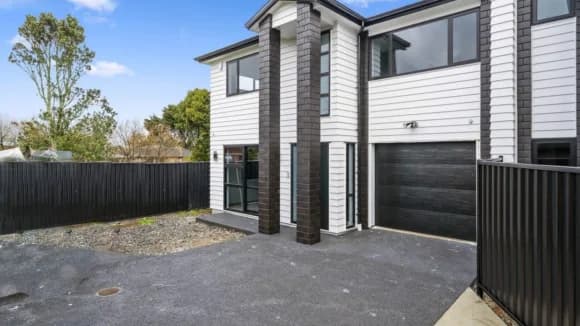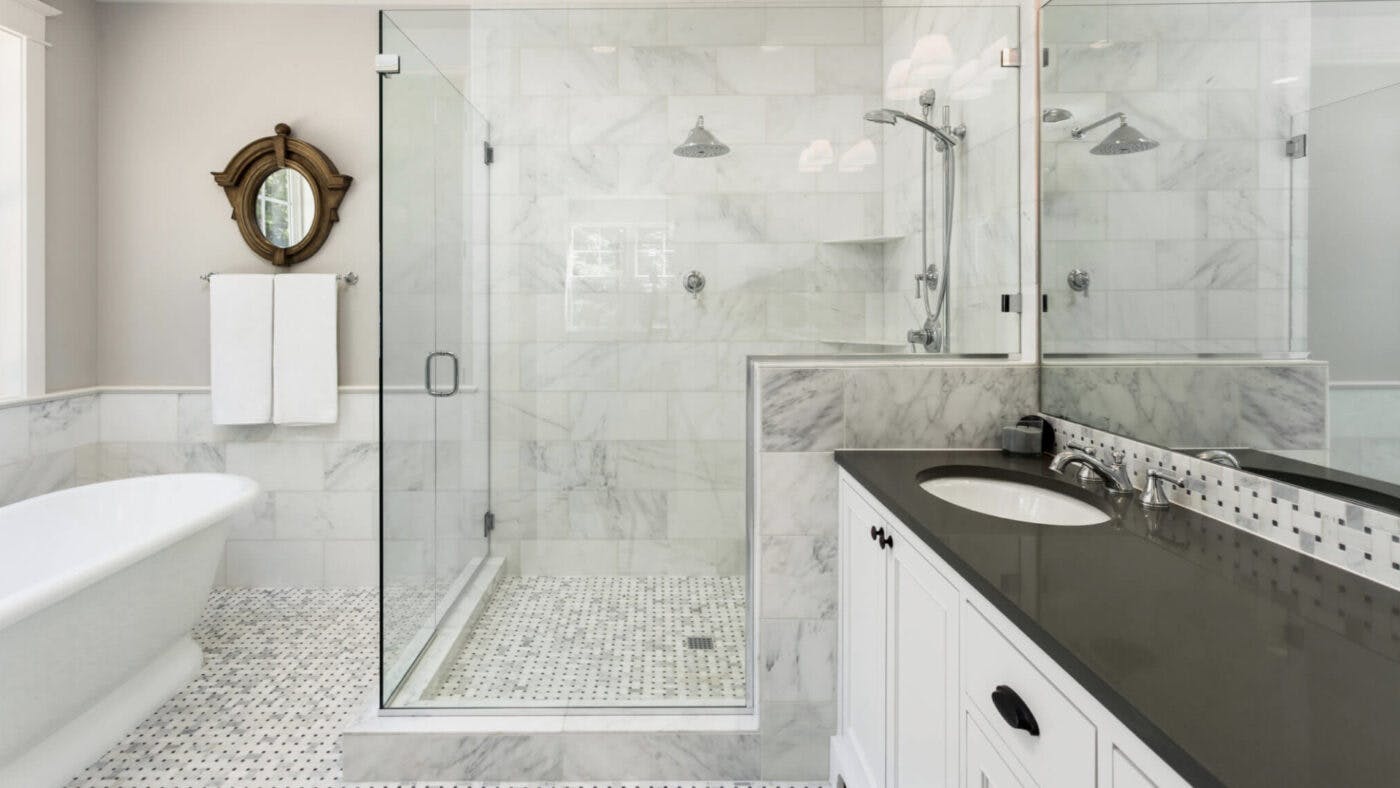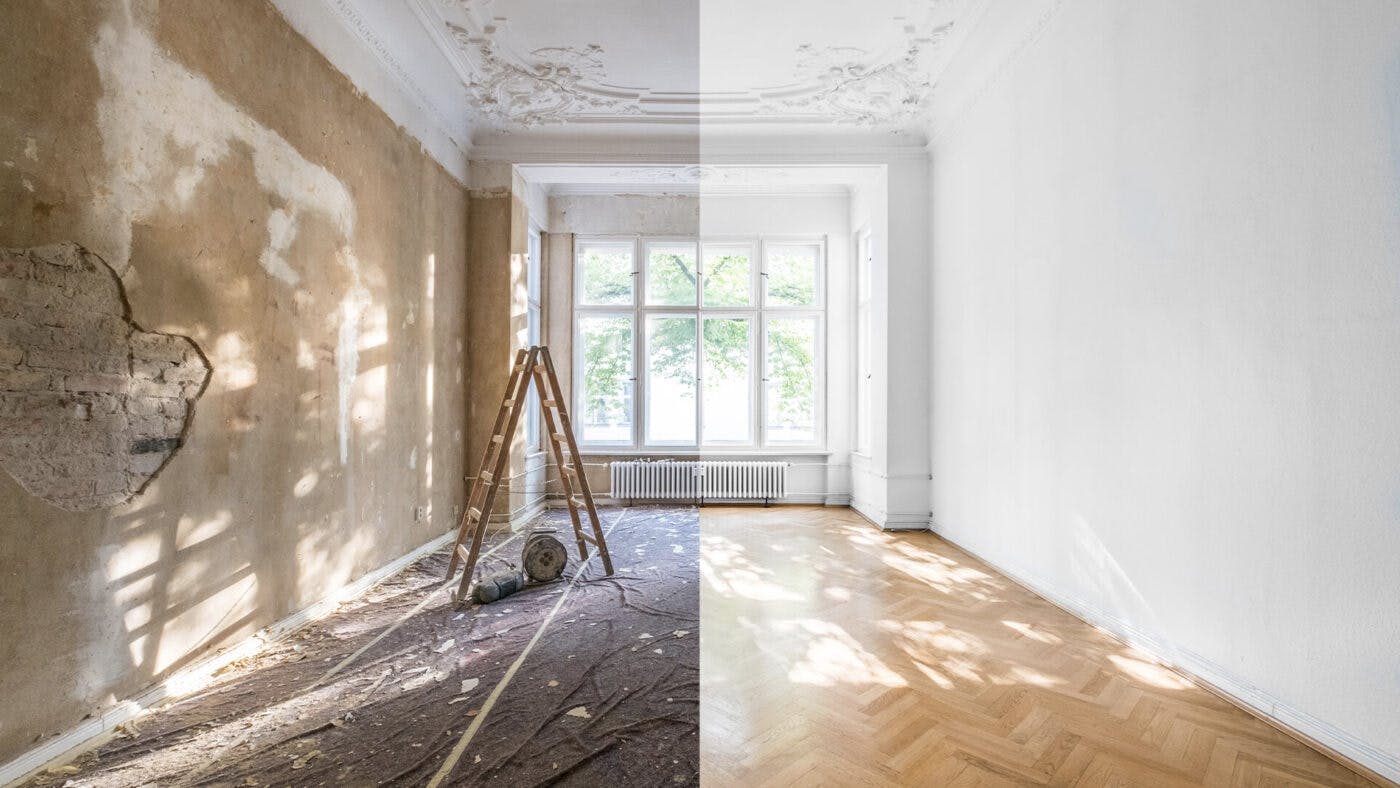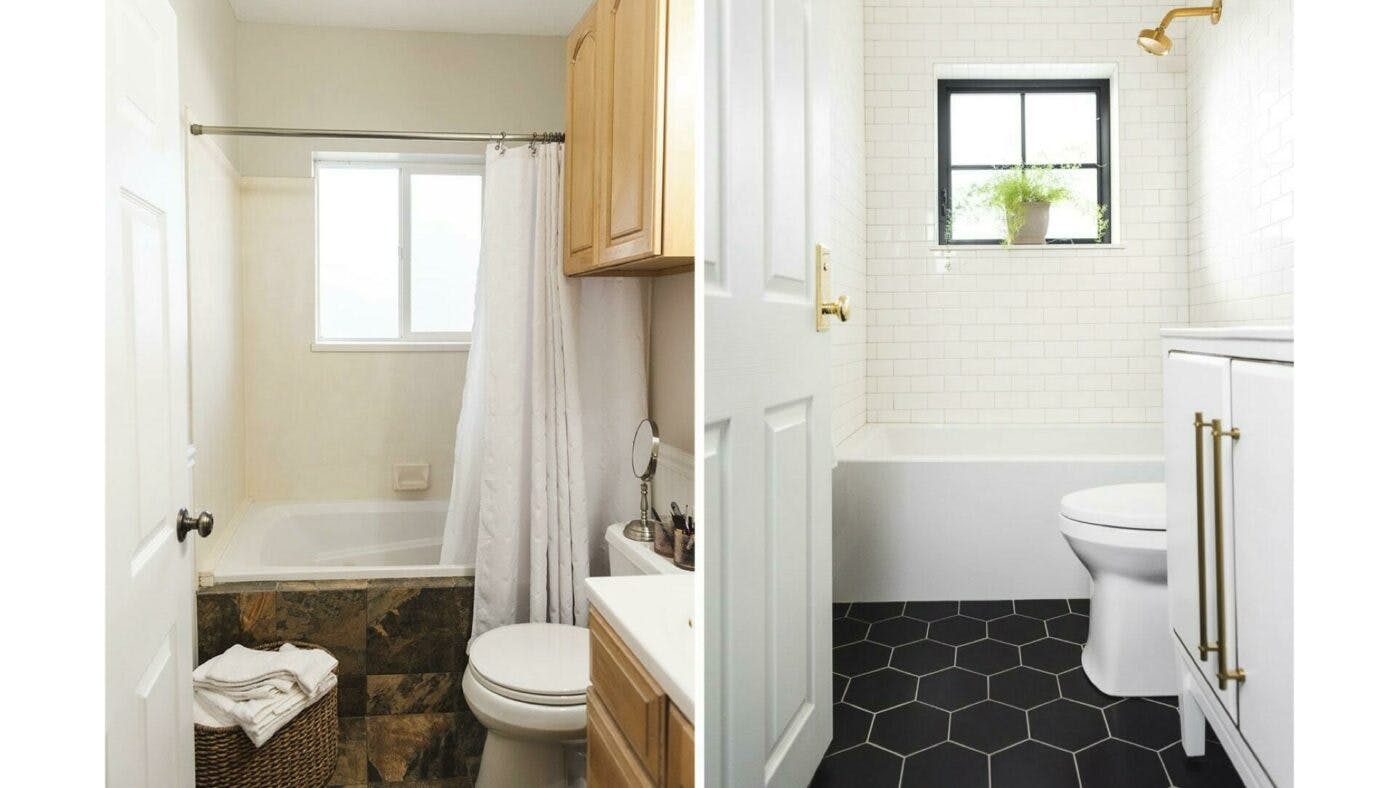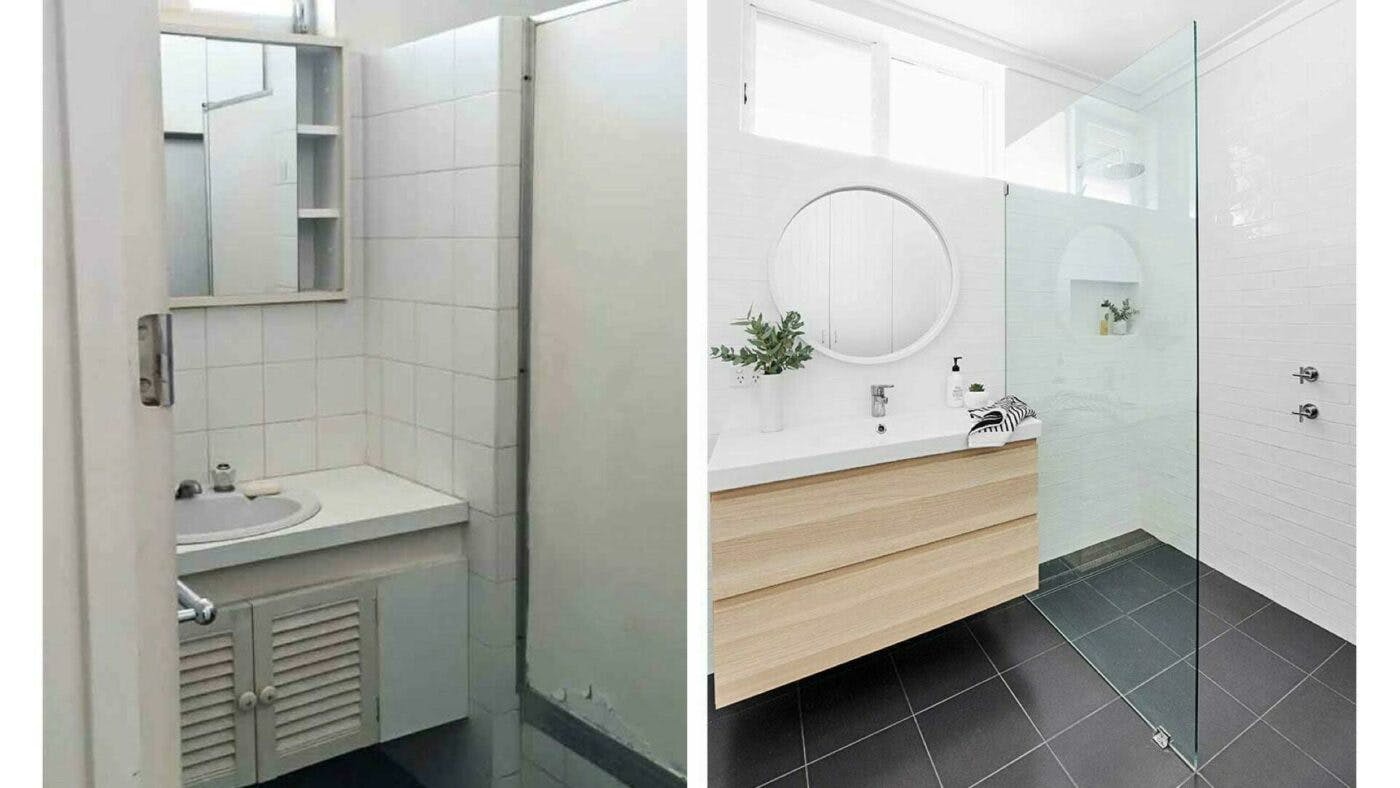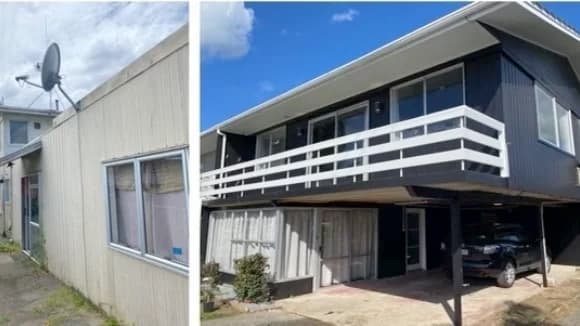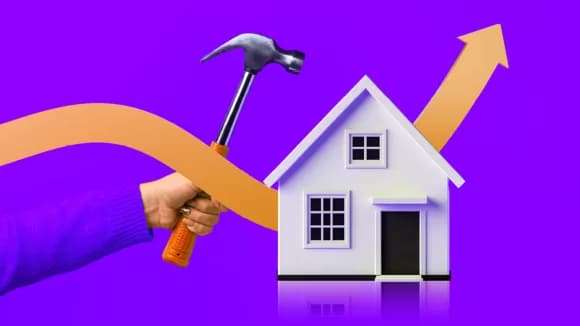#1 The toilet to tenant ratio
When you renovate a property, you will often increase the number of bedrooms the building has.
The more people you can comfortably fit in a property, the higher the rent you can change.
But if there are more people in there, you’ve got to think about the number of toilets the property has. So, you’ve got to get the toilet-to-tenant ratio right when it
comes to intensifying existing properties.
So, that’s why you must ask yourself “so I need an additional toilet?” when sussing out a potential renovation.
If the answer is “yes”, then the very next question is: Where?
Typically, a standard 3-bedroom home will have one existing toilet, in a separate room to the main bathroom.
This is generally fine, depending on your location and tenant expectation.
But if you then add a bedroom and make it 4-bedroom home, it’s usually a good idea to add a second toilet.
If you go even further and end up with a property with 5+ bedrooms, adding the extra toilet is non-negotiable.
At this number of rooms, you probably need to add another shower too.
If you are renovating older existing properties, they often come with a separate laundry.
So as a rule of thumb, that’s a good place to put these. But of course, the laundry has to be large enough to contain the new shower and/or toilet.
One other option (in some bathrooms) is to swap out a bathtub for a shower box, and place a toilet in newly-cleared space.
But, of course this all comes at a cost. And the most cost effective way to upgrade your bathroom is to keep it like for like. In other words, don’t get rid of a bath or
existing shower unless you really have to.
So, bear your budget in mind when considering the latter option.
Also, bear in mind that a second toilet will always require council consent.
